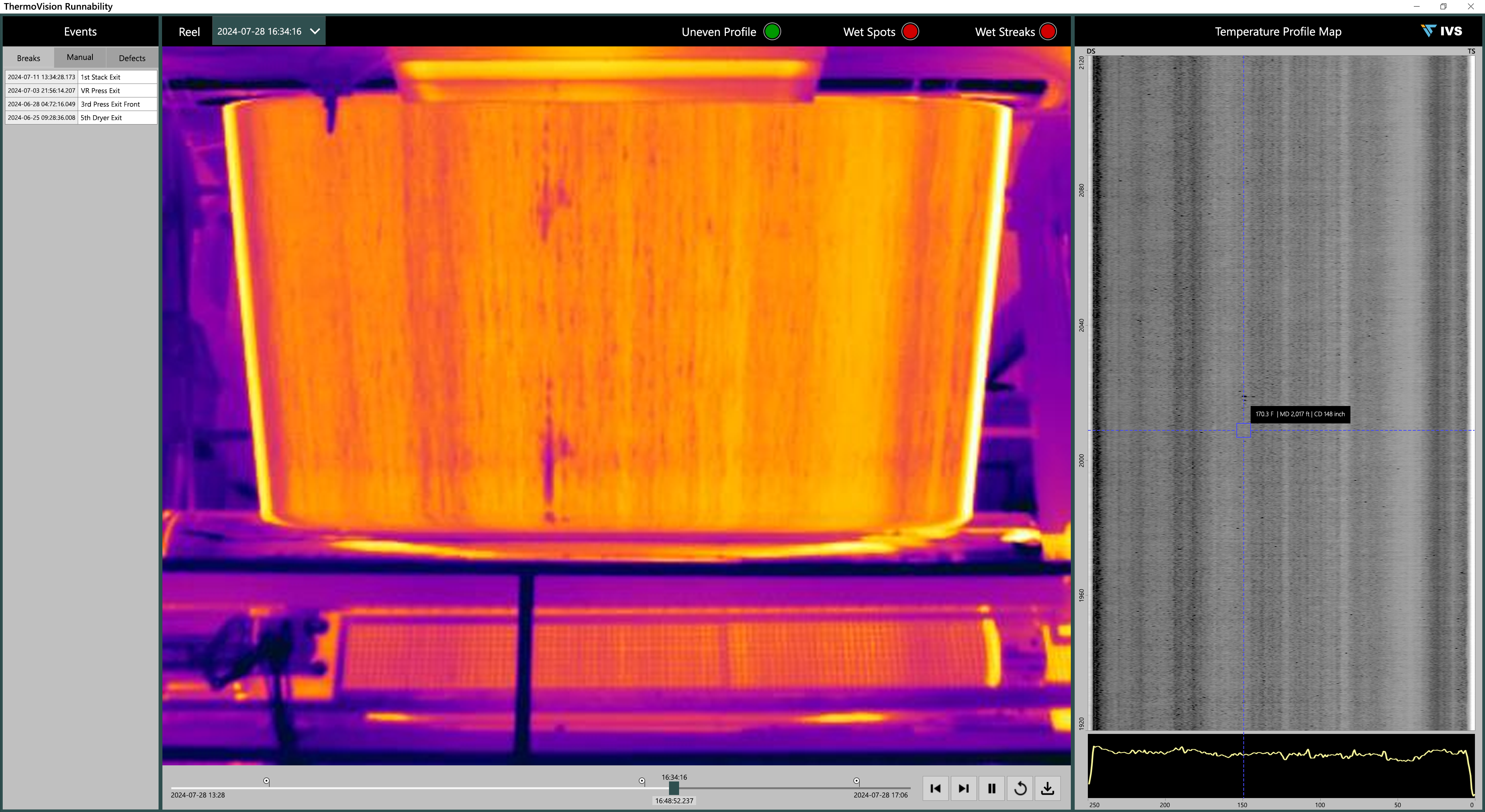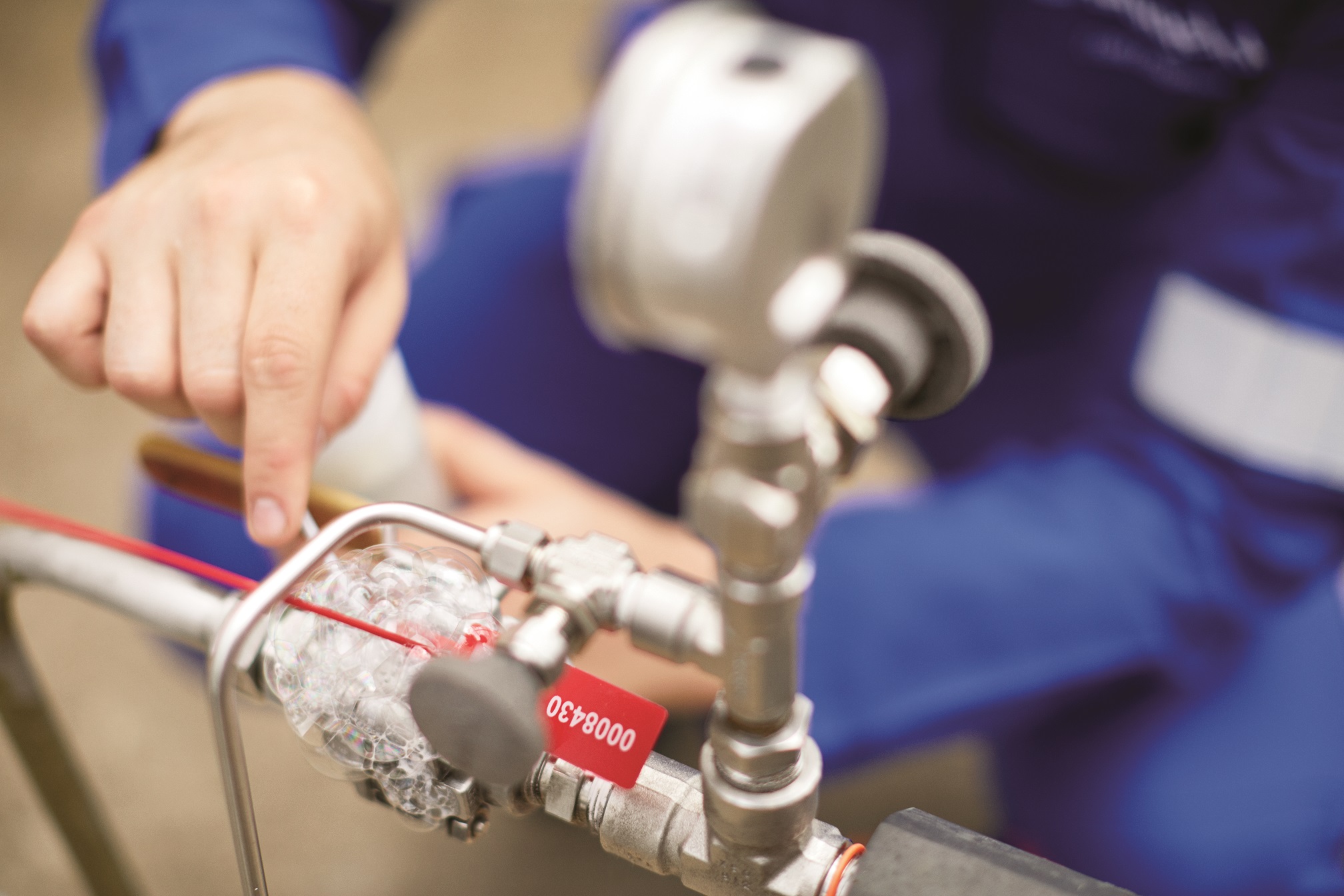Cost, maintenance, and downtime all must factor into decision

In today’s fast-moving and highly competitive world of general manufacturing and engineering, OEMs expect more and more from their equipment. Machinery is getting smaller and the challenges facing manufacturers are becoming bigger, from selecting the right equipment and accessories to matching them with the most efficient lubricants. Businesses simply cannot afford to make a mistake when specifying components for their operations.
As a product application specialist I can identify three important aspects that manufacturers should consider when selecting a lubricant: the cost of the lubrication, the cost of equipment maintenance, and the cost of operational loss resulting from unscheduled downtime. Let’s look at them one by one.
Cost of lubricant
Some of us may be surprised, but the initial cost of a lubricant remains the single decision-making factor for most businesses, regardless of the wider costs of choosing an inefficient lubricant. Hydraulics is yet another market discovering the benefits of using premium lubricants; nevertheless, many OEMs still view lubricants as an afterthought in the manufacturing process.
They very often choose products based on their price and not the potential long-term effect on the business. By selecting a cheaper conventional lubricant, plant operators fall into the trap of false economy.
What they do not realize is that by filling their equipment with a lower-quality lubricant, they run the risk of shortening its oil drain intervals, reducing the life span of the machinery, and encountering significant maintenance costs resulting from unforeseen downtime. On top of this, manufacturers have to factor in the operational losses that their business will incur while the plant is being repaired or the oil is being changed. When equipment needs to be in operation 24 hours a day, seven days a week, even a few hours of downtime could significantly affect the bottom line of your business.
Cost of equipment maintenance
The cost of equipment maintenance also affects decisions made in relation to selecting a lubricant. In the case of injection-molding machines, hydraulic fluid selection is exceptionally critical because they typically produce high volumes of products and operate continuously. Any halt in production will, therefore, have a tangible impact on the wider business. These machines are expensive (typically costing hundreds of thousands of dollars each), so operators are well advised to ensure that they take the time to select the most appropriate hydraulic fluid to ensure the upkeep of the machinery in the long term.
The cost of the fluid is just a fraction of the cost of the machine, and progressive operators understand that finding the right hydraulic fluid, rather than the cheapest or the best known, is a worthwhile endeavor that will add value to their work.
Cost of operations
Once you have accounted for the cost of the lubricant and that of the equipment maintenance, there is the most substantial cost to consider: any losses incurred by the business through unplanned machinery downtime. This should be considered when choosing a lubricant because of the potential to put significant strain on operations with little or no notice.
The moving parts of the machinery must be well lubricated to ensure optimum operating conditions within the mechanism and to protect against a range of potential issues, as well as increased general wear and tear. Poor protection can lead to sludge build-up, faster corrosion, cavitation, filter blocking and valve sticking, and shortened pump life.
Such operating issues can cause significant, time-consuming, and expensive problems forcing up maintenance costs or increasing downtime caused by damage to the equipment or premature machine failure.
These are clearly serious issues for the day-to-day running of any operations involving a pump. Add to that the need to replace component parts in case of downtime, and it is clear that not investing in the correct lubricant can be a costly error.
Solving all the issues
The development of high-quality lubricants, which companies like Shell are heavily involved with, contributes to the advancement of cutting-edge oils. There has been much progress to date, and lubricants in service can now last up to two or three times longer than they did a decade ago while operating in a range of applications.
Premium lubricants also offer lower friction and better heat transfer than lower grade products, and the way in which their formulation works means that there is a lower propensity for them to thicken, churn up, and leave damaging deposits, which lengthens the amount of time that they can function.
As an example, injection-molding company Srithai Superware from Thailand was experiencing significant operational losses due to lubricant breakdown caused by high-temperature operating conditions of its husky-hypet equipment. The manufacturing process had to be stopped every 4,000 hours to drain used oil. Elevated operating pressures and temperatures were the main reasons for this drain interval.
The manufacturer made use of Shell LubeAnalyst, an early warning system that enables plant operators to monitor the condition of their equipment and lubricant, advising them on maintenance and how to avoid potential lost business through equipment failure. As a result, the manufacturer switched to a different lubricant and increased the oil drain interval of the lubricant operating cycle from 4,000 to 17,500 hours, significantly reducing operating temperatures of the hydraulic system.
The company reported annual savings close to $130,000, representing a 9% reduction in costs that were being incurred by the business. This includes the overall cost of the lubricant that was purchased throughout the year and any losses associated with delayed or cancelled deliveries (production losses) arising from unplanned machinery downtime.
Another example is Arcelor Mittal, the world’s leading steel company. Its wire-rod mill operation in Zenica, Bosnia & Herzegovina, was reporting short oil drain intervals of packaging equipment that was working at medium speed and with moderate load at 50 to 60 C working temperatures.
The plant wanted to use premium and reliable hydraulic oil for this application and reduce maintenance costs through extended oil life in relation to its previous oil. After changing its hydraulic fluid, Arcelor Mittal extended the oil life up to 30,000 hours from 10,000 hours and reduced its maintenance costs, achieving overall savings of $14,027 per year per plant.
Addressing other issues
With modern machinery becoming smaller and smaller, reservoirs are reducing in size. As a result the oil retention time is significantly shortened, which means that the oil has as little as one to two minutes residence time in the sump to degas and shed any entrained water before it is pressurized back to the system. It doesn’t have enough time to release the air, so the risk of pressure drop, oil oxidation, or foaming is increased.
The hydraulic fluid reservoir holds excess hydraulic fluid to accommodate volume changes from cylinder extension and contraction, temperature driven expansion and contraction, and leaks. The reservoir is also designed to aid in separation of air from the fluid and work as a heat accumulator to cover losses in the system when peak power is used. Reservoirs can also help separate dirt and other particulate from the oil, as the particulate will generally settle to the bottom of the tank. Some designs include dynamic flow channels on the fluid’s return path that allow for a smaller reservoir.
By selecting a high-quality lubricant, plant operators can show their managers how cost-effective this switch can be to the business. To calculate the overall cost of ownership, they need to consider all the stages of the process that may be affected: lubrication, maintenance, and operation. Once a bigger picture is drawn up, the initial price of a lubricant may no longer be a deciding factor in purchasing decisions.
Ahmet Guven is product application specialist for hydraulics and circulating oils for Shell Global Solutions.
KEY POINTS:
- The initial cost of a lubricant remains the single decision-making factor for most businesses, regardless of the wider costs of choosing an inefficient lubricant.
- The cost of the fluid is just a fraction of the cost of the machine, which makes finding the right lubricant even more important.
- Analysis of the total lubrication cost, including the frequency of replacement, can uncover the potential for significant operational savings.
- With modern machinery becoming smaller and smaller, reservoirs are reducing in size. As a result the oil retention time is significantly shortened.



